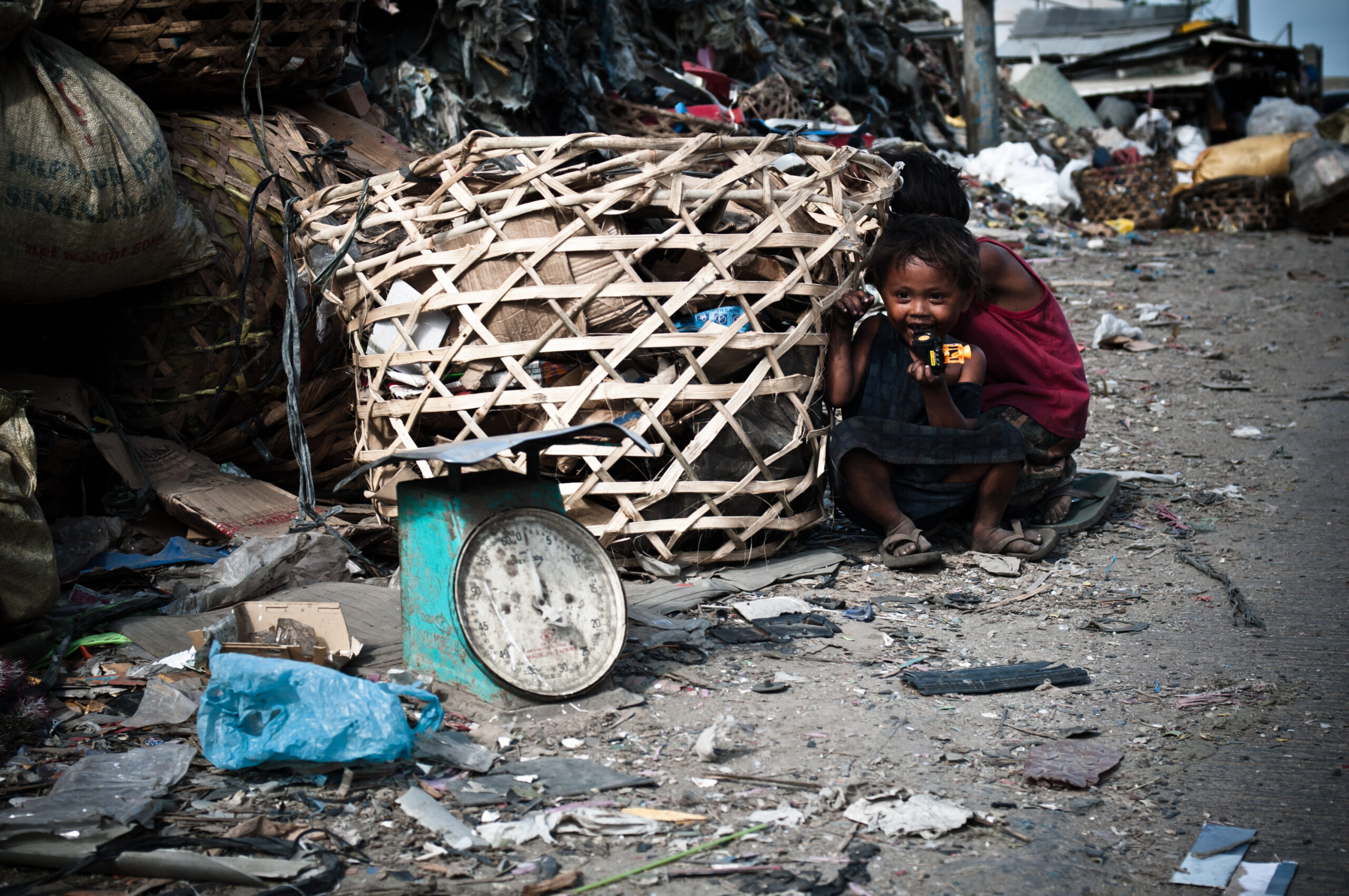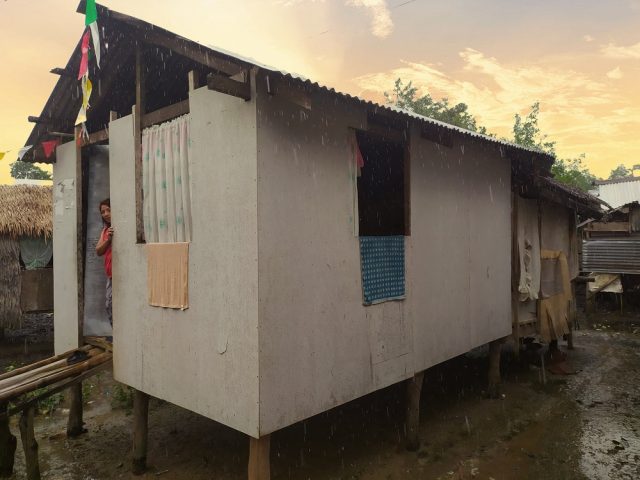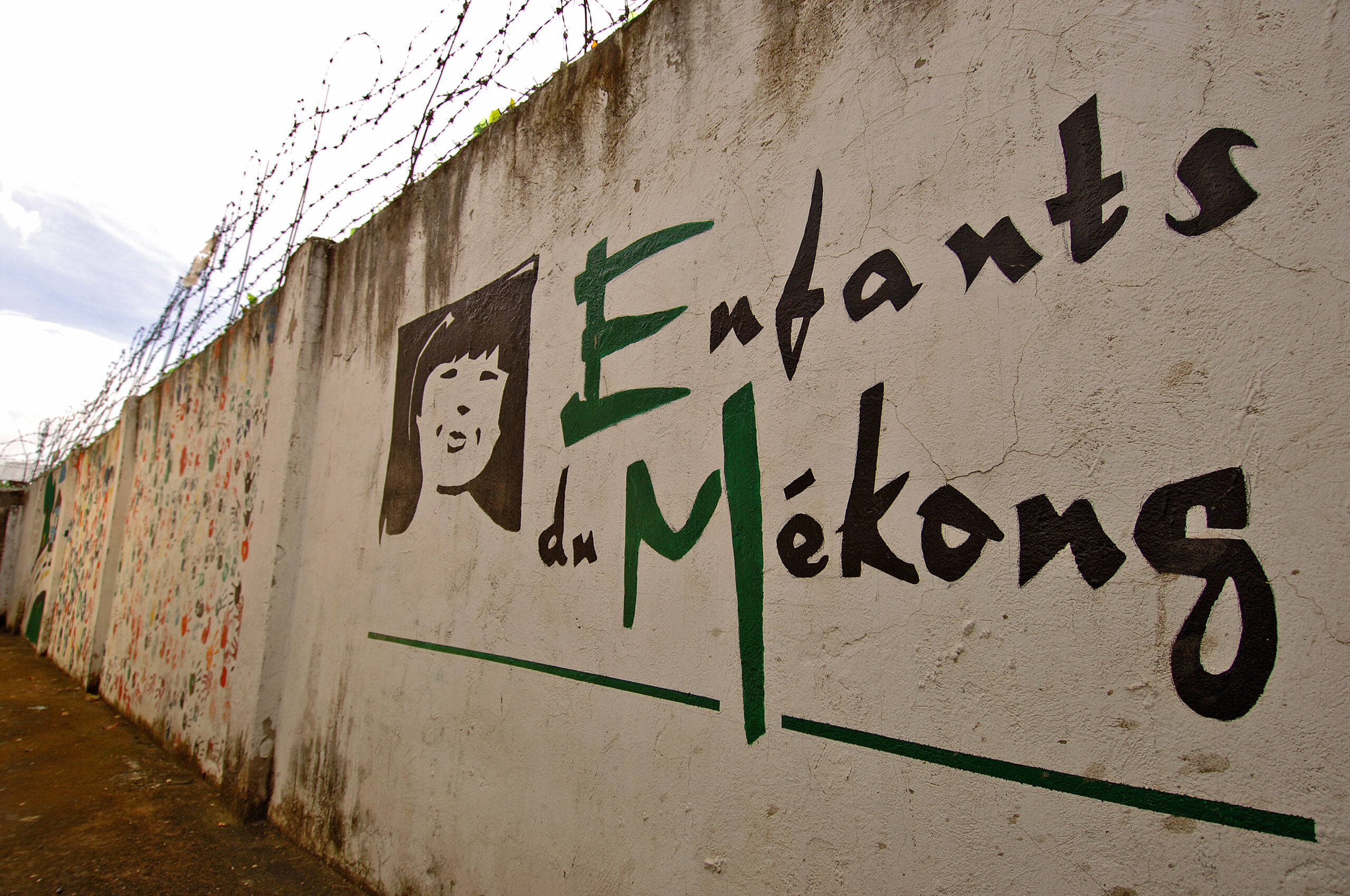
Philippines: A move towards peace in Mindanao?
After twenty-one years of long and laborious negotiations between the government and the Moro Islamic Liberation Front (MILF), interspersed with military offensives (in the years 1998, 2003 and 2008), President Duterte signed on 28 July 2018, the Bangsamoro Organic Law (BOL). This historic gesture, by the first President from Mindanao, symbolically confirmed the war’s end with the MILF. The new law replaced the old Autonomous Region of Muslim Mindanao (ARMM), created in 1989 by the Bangsamoro Autonomous Region in Muslim Mindanao (BARMM), the first in the country to have its government.
This new organisation was acclaimed in 2019 by the population of the current ARMM and the neighbouring provinces (including thirty-nine villages in the province of North Cotabato and six cities in the province of Lanao del Norte, which had voted for their inclusion in the ARMM in 2001). 88.7% of the votes were in favour of the BOL at the start of the year. A Bangsamoro Transitional Authority, made up of eighty members appointed by President Duterte and led by the MILF, currently run the BARMM until an election is held in May 2022.
A FRAGILE PEACE
Therefore, it is a significant victory for President Duterte and his government since peace in the southern Philippines was one of the priorities of his mandate. However, while the new autonomy is achieved, it is not immune from sabotage.
Indeed, the armed groups in this region are numerous and are not all driven by the same interests. Besides the MILF, who agreed during the peace process to surrender, many initially opposed the peace process with the government. However, faced with the forthcoming creation of the BARMM, today, some of them seem to align themselves with the positions of the MILF.
So, for example, out of the three factions that make up the Bangsamoro Islamic Freedom Fighters (BIFF) – a MILF dissident group since 2010 – two factions might agree to recognise the BARMM. The third faction, affiliated with Daesh and led by Commander Turayfie, refuses all communication with the MILF. Commander Turayfie is responsible for two attacks in central Mindanao, on 28 August and 2 September, 2018, which left five dead and forty injured. Moreover, MILF emissaries were dispatched to meet Nur Misuari, the historic leader of the Moro National Liberation Front (the MNLF, the other major independence entity that negotiated the first peace agreement with the Ramos’ government in 1996 and obtained some advances for the autonomy of the ARMM in 2001) to convince it to recognise the BARMM.
These efforts to reunite the main rebel groups, the MNLF and the MILF, led by OIC’s negotiators since the 1990s, have always been unsuccessful. Only two factions of the MNLF (led by Muslimin Sema and Yusoph Jikiri) worked with the MILF to develop the BOL.
SOME NUMBERS
21
years of peace negotiations between the government and the MILF
1,000
fighters killed among groups related to Daesh during the siege of Marawi
50,000
Refugees
RISKS OF SABOTAGE
One year after the end of the fighting between the Philippine government and armed groups (Maute and Abu Sayyaf) related to Daesh in the city of Marawi, the terrorist threat remains.
Admittedly, these groups lost around one thousand fighters during the five-month siege of the city, including foreigners coming mainly from Southeast Asia, and also from the Middle East. But, the “war chest” from the looting of the banks and homes of wealthy residents of Marawi appears to still remain in the hands of these groups and is used to recruit new members.
However, the process of rebuilding the badly damaged city of Marawi is slow, as thousands of families (around fifty thousand people) live in refugee camps. These delays fuel the discontent of the local population, making some people vulnerable to Daesh’s propaganda. The presence of Islamists in the region weighs like a serious threat against the region’s federalism projects.
A NEW FORM OF TERRORISM
Since the year 2018, a significant increase in arrivals, or attempted arrivals, of foreigners affiliated with Daesh*, both Westerners and from the Middle East, seeking refuge on the island of Mindanao and the islands of Sulu and Basilan, has been observed.
Thus, a few months after the end of the siege of Marawi, a Spaniard of Tunisian origin, Abdelhakim Labidi Adib, aged twenty, was arrested on the island of Basilan in possession of explosives in his backpack and in the company of members of Abu Sayyaf. He was the first known European to travel to the Philippines and contact a group affiliated with Daesh. Other Europeans were less successful and were stopped at their home airport, in transit (one Briton, two Germans, and possibly a Swiss), or at Manila Airport (two French).
Beyond this still tenuous flow of foreigners, Daesh also seems to be exporting its combat techniques to the Philippines. On July 31, 2018, on the island of Basilan, a minibus filled with explosives hit a checkpoint manned by the army, killing eleven people, including the driver, a Moroccan. The catastrophic event could have been even more tragic in a context where it appears that the real target was a school in the nearby town of Lamitan, where some three thousand children were gathered for a sports competition. This suicide attack is the first in contemporary Philippine history.
*Daesh – a militant group and former unrecognised proto-state that follows a Salafi jihadist doctrine (source: Wikipedia)
Support a project in the Philippines



People of Samar: the Waray tribe
On the island of Samar and its neighbors in the east of the Philippines lives an ethnic minority, the Waray tribe. With their own […]


